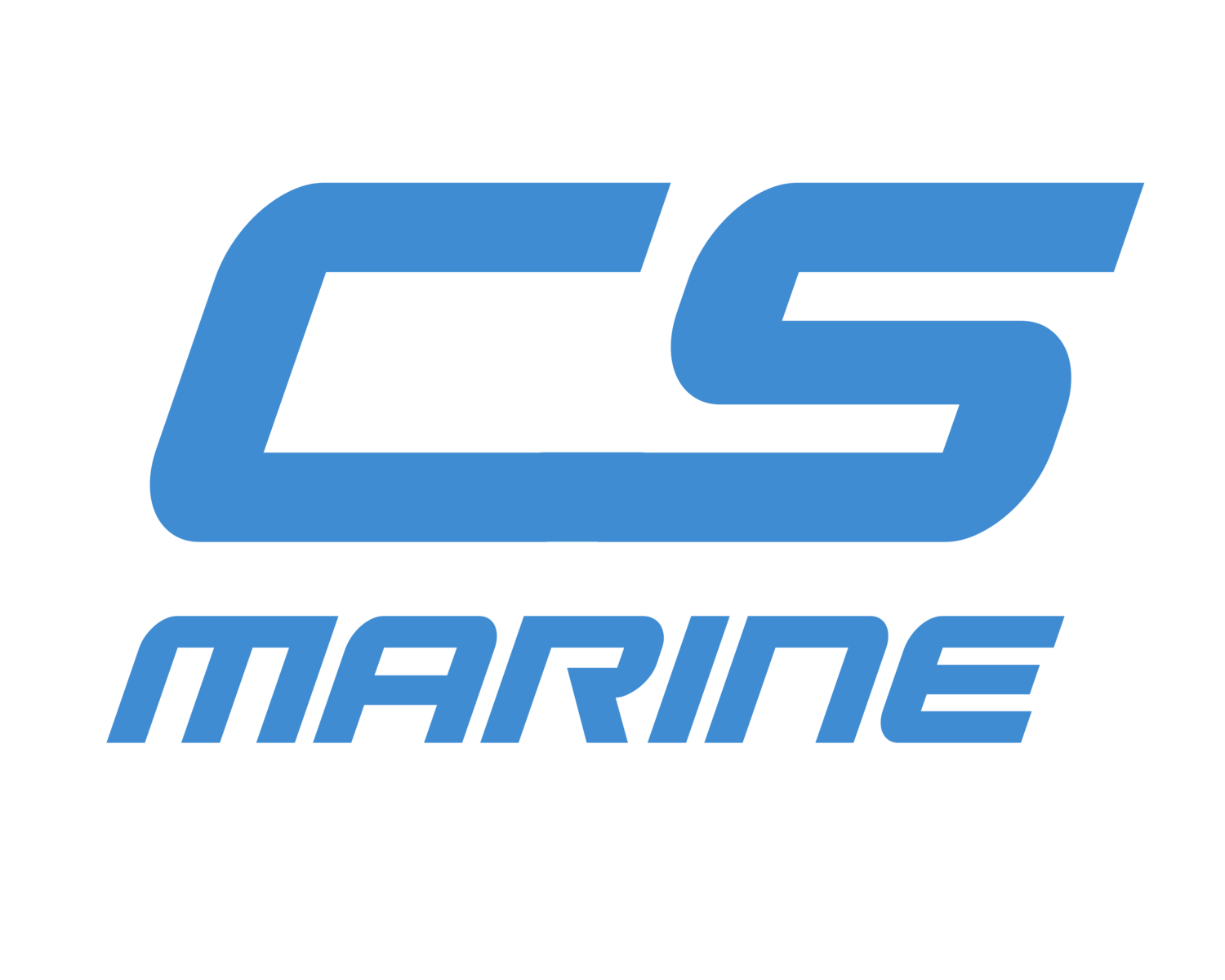May 20, 2019 5:16 PM
The following is the May 17, 2019 Congressional Research Service report, Navy Littoral Combat Ship (LCS) Program: Background and Issues for Congress.
From the report
The Navy began procuring a small surface combatant called the Littoral Combat Ship (LCS) in FY2005, and a total of 35 LCSs have been procured through FY2019, including three in FY2019. The total of 35 LCSs is three more than the 32 the Navy says are required under its 355-ship force-level goal. The Navy wants FY2019 to be the final year of LCS procurement, and it has not requested the procurement of any additional LCSs in its FY2020 budget submission.
The Navy wants to shift procurement of small surface combatants in FY2020 to a new frigate called the FFG(X). The Navy’s proposed FY2020 budget requests funding for the procurement of the first FFG(X). Five industry teams are currently competing for the FFG(X) program. Two of these teams are offering designs for the FFG(X) that are modified versions of the two LCS designs that the Navy has procured in prior years. The other three industry teams are offering designs for the FFG(X) that are based on other existing ship designs. One of these three other industry teams is proposing to build its design at one of the LCS shipyards. The Navy plans to announce the outcome of the FFG(X) competition in the fourth quarter of FY2020. The FFG(X) program is covered in detail in another CRS report.
The Navy’s 355-ship force-level goal is the result of a Force Structure Analysis (FSA) that the Navy conducted in 2016. The 2016 FSA established a force-level goal for a 355-ship Navy with 52 small surface combatants, including 32 LCSs and 20 frigates. The Navy conducts a new or updated FSA every few years, and is currently conducting a new FSA that is scheduled to be completed by the end of 2019. Navy officials have stated that this new FSA will likely not reduce the required number of small surface combatants, and might increase it. Navy officials have also suggested that the Navy in coming years may shift to a new fleet architecture that will include, among other thing, a larger proportion of small surface combatants.
The LCS is a relatively inexpensive surface combatant equipped with modular mission packages. The LCS program includes two very different LCS designs. One, called the LCS-1 or Freedom-class design, was developed by an industry team led by Lockheed. The other, called the LCS-2 or Independence-class design, was developed by an industry team that was then led by General Dynamics. LCS procurement has been divided more or less evenly between the two designs. The LCS-1 design is built at the Marinette Marine shipyard at Marinette, WI, with Lockheed as the prime contractor. The LCS-2 design is built at the Austal USA shipyard at Mobile, AL, with Austal USA as the prime contractor.
The LCS program has been controversial over the years due to past cost growth, design and construction issues with the first LCSs, concerns over the survivability of LCSs (i.e., their ability to withstand battle damage), concerns over whether LCSs are sufficiently armed and would be able to perform their stated missions effectively, and concerns over the development and testing of the modular mission packages for LCSs. The Navy’s execution of the program has been a matter of congressional oversight attention for several years.
A current issue for Congress is whether to procure any LCSs in FY2020, and if so, how many. Opponents could argue that the total number of LCSs procured in prior years exceeds the Navy’s stated requirement, and that adding funding to the Navy’s FY2020 shipbuilding account for procuring one or more additional LCSs could reduce FY2020 funding for other Navy programs. Supporters could argue that procuring additional LCSs in FY2020 could provide a hedge against delays in the FFG(X) program and help the Navy achieve its small surface combatant force-level goal more quickly. Another issue for Congress concerns future workloads and employment levels at the two LCS shipyards if one or both of these yards are not involved in building FFG(X)s.



